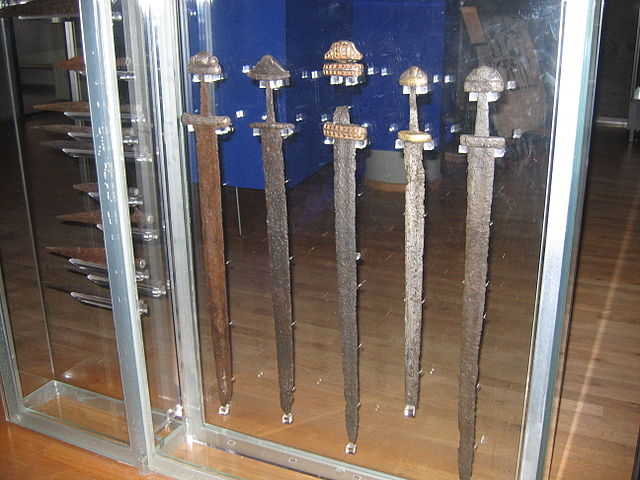
The Vikings were the group of seafaring warriors believed to have originated in what is now Denmark, Norway and Sweden. Recently archaeologists unexpectedly found the fragments of about a hundred Viking swords from northern Estonia.
This is the largest find of Viking swords in Estonia till date and the fragments are discovered from two closely located sites in a coastal area of north Estonia, most specifically in the territory of the ancient Estonian county of Ravala.
The archaeology team which conducted the research operation at the site found dozens of items along with those fragments of swords as well as a few spearheads.
Mauri Kiudsoo, archaeologist and keeper of the archaeological research collection of Tallinn University told a news agency, BNS, that these two archaeological sites were located at just 80 meters of distance from each other.
After the discovery, archaeologists studied the fragments of the ancient swords and found that these belong to the middle of the 10th century. They also mentioned that the swords are possibly cenotaphs, which is a grave marker or empty tomb, placed to honor a person or a group of people.
Kiudsoo explained the reason why these swords were found broken and unusable condition, because it was part of the burial custom at that time.
It should be mentioned that during the Viking's era these type of swords, which was identified as H-shaped double-edged swords, were the most common type and more than 700 of these swords have already been found in northern Europe.
Since the findings directed towards the 10th century, it proves for the first time that type H swords were used in Estonian territory, said Kuidsoo.
However, recently archaeologists from University of the Highlands and Islands Archaeology Institute, Rousay residents and students discovered a Viking drinking hall, where not everyone was allowed in northern Scotland.
Last year, archaeology team found a few graves and several signs which indicated that those dead people were residents of western Europe or northern France and they were Normans, who earlier used to live in Scandinavia and known as the descendants of the Vikings.










